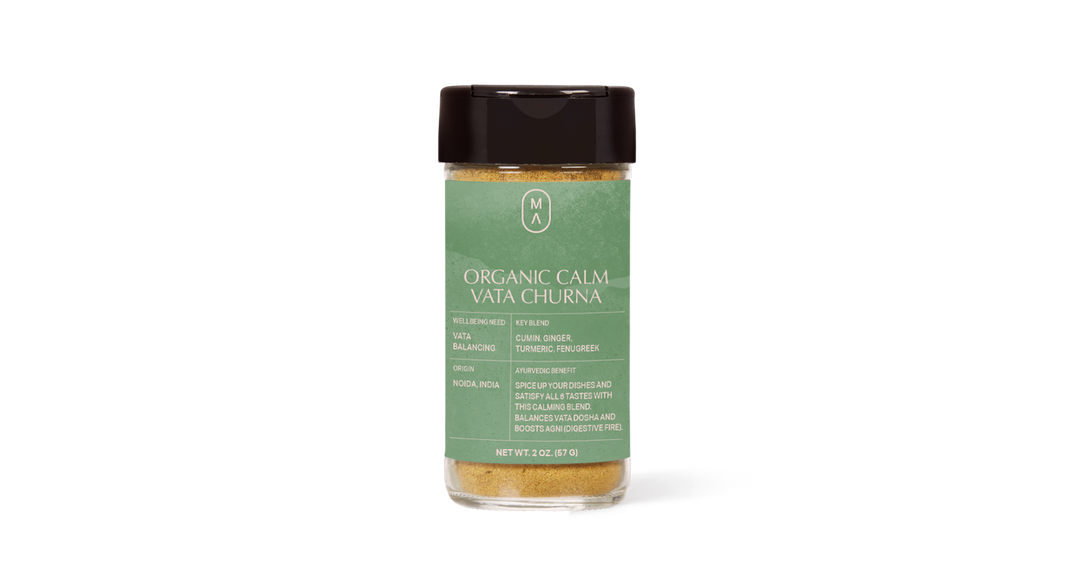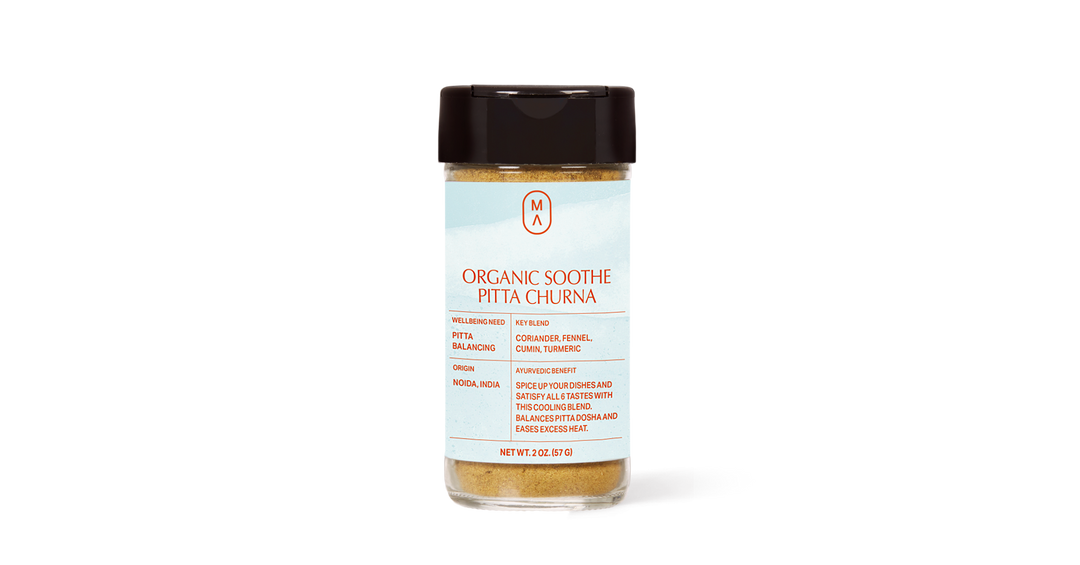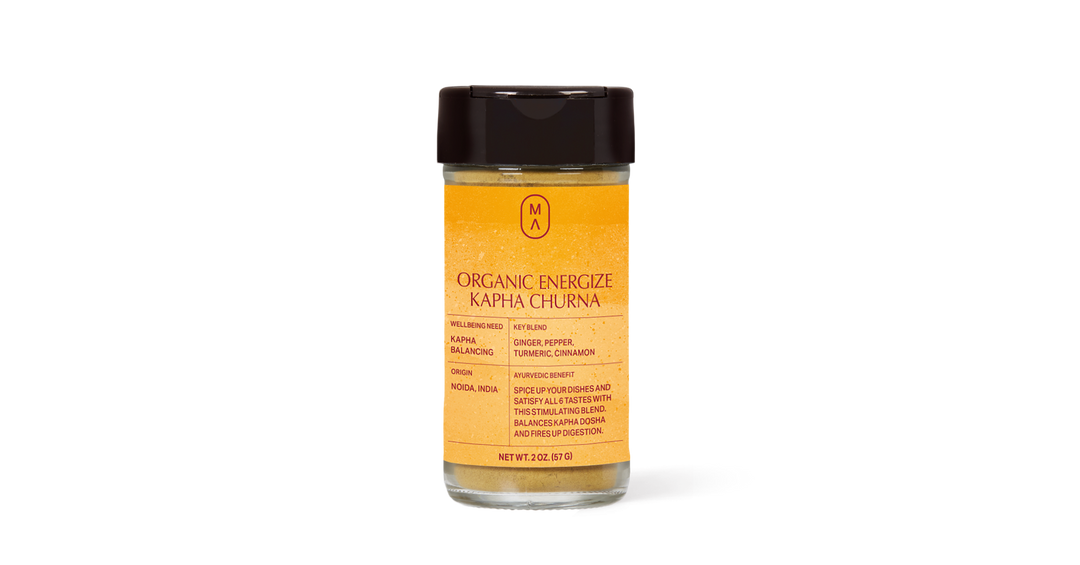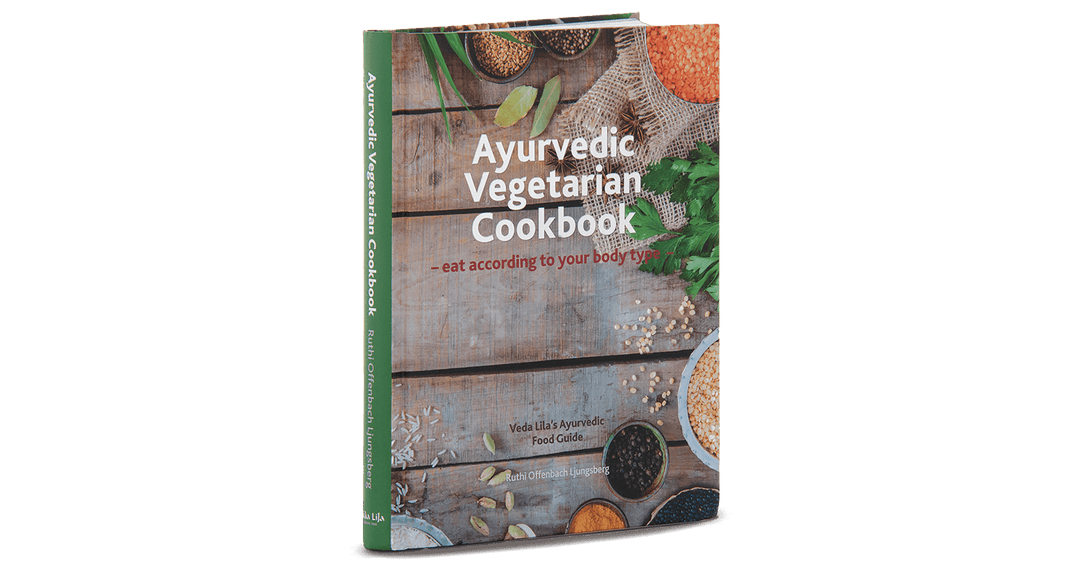In Ayurvedic nutrition, legumes are a part of almost every meal of the day. They are even used to make desserts and snacks.
The protein in legumes is very different from what is found in meat products, cheese, eggs, and fish. Vegetarian proteins require some effort to digest, and if you’re new to legumes, you will find it helpful to cook them with spices that aid digestion.
Below are our favorite legumes, and top tips to cook them.
The importance of lentils and beans in Ayurveda
For vegetarians, beans, dhals, and lentils constitute an important source of nutrition—they provide protein, complex carbohydrates, fiber, and vitamins. As versatile as they are tasty, dhals and lentils lend themselves to being used to make salads, appetizers, soups, main dishes, sides, and even desserts. They work well with other foods such as grains, vegetables, herbs, and spices.
Popular Indian legumes to try
- Mung beans, split, with skins removed (also known as mung dhal), are very popular in Ayurvedic cuisine, as they’re excellent for all the doshas—Vata, Pitta, and Kapha. Easier to digest than most other beans and dhals, mung dhal can be eaten every day. When cooked, mung dhal takes on the consistency of porridge. This type of dhal is praised in Ayurvedic texts for its nutritional value and ease of digestion.
- Toor dhal—yellow, very nourishing, combines extremely well with vegetables.
- Chana dhal—also yellow, retains its shape even when fully cooked and has a nutty flavor.
- Urad dhal—found split and hulled, or split with the skins on.
Tips for cooking with beans and lentils
- Store dry beans and dhals in dry, airtight containers at room temperature.
- Try to use dhals and lentils within six months—the older they get, the longer they take to soak and cook because of lost moisture.
- Sort dhals, beans, and lentils before use—you may find an occasional small stone you'll want to remove before cooking.
- Rinse several times before you cook.
- Some beans need soaking to aid the cooking process.
- Do not add salt or acidic ingredients like tomatoes or lemon juice until the beans or dhals are cooked.
- Ayurveda recommends eating beans, dhals, and lentils that are well-cooked for easy digestion.
- Adding spices such as asafetida (hing), cumin, black pepper, and ginger to dhals and beans helps the process of digestion, reducing the side effects that beans are often associated with, such as bloating or gas.
Beans and lentils are high quality sources of protein, especially popular in the Ayurvedic vegetarian diet. Add well-cooked legumes to your diet, made with plenty of spices to aid digestion. Find Ayurvedic recipe inspiration at the blog.






